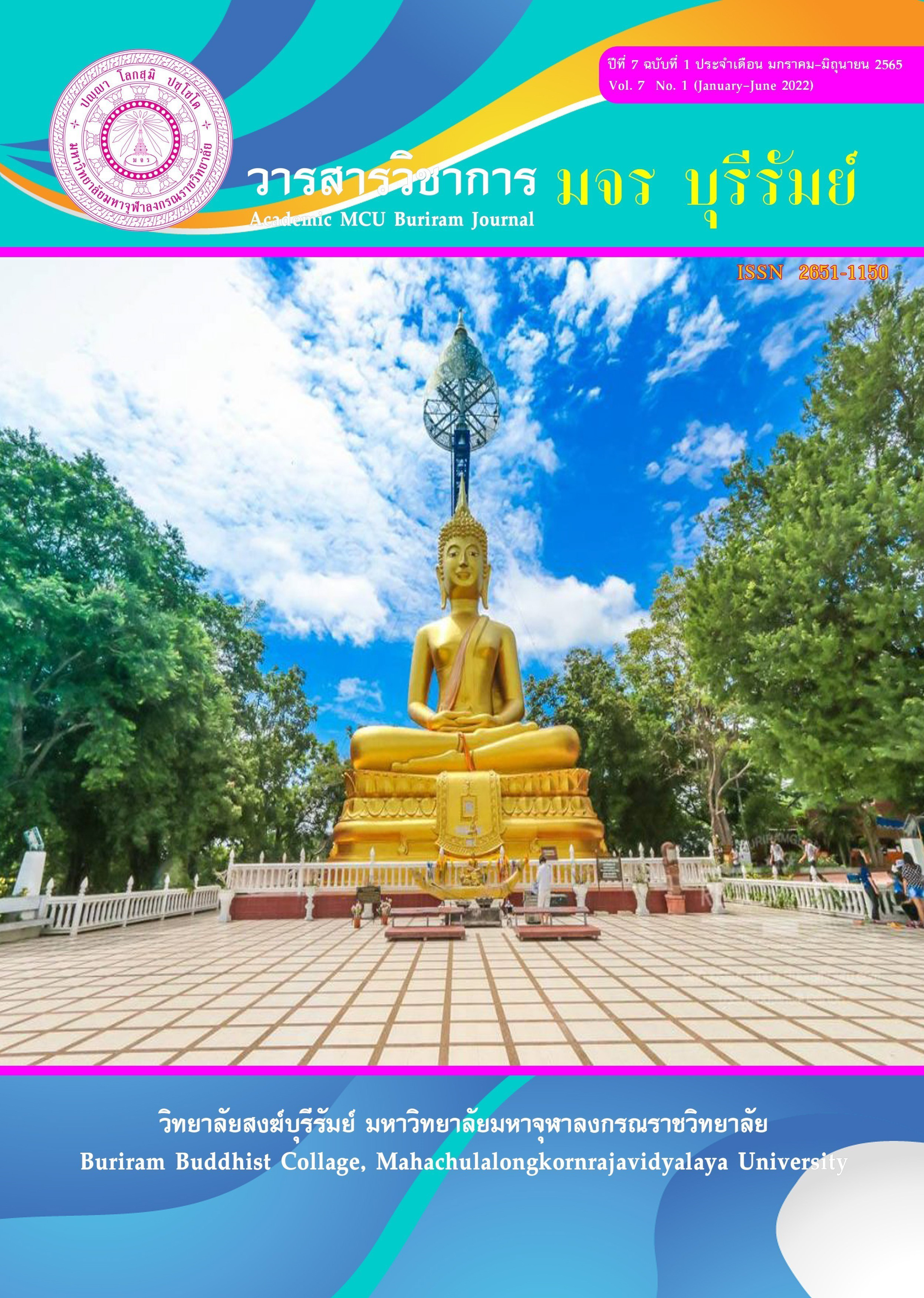The Evolution of the Belief in Creationism During the Vedic Period before the Rise of Buddhism
Keywords:
Vedas, Creationism, Polytheism, Monotheism, MonismAbstract
The Pali Canon of Theravada Buddhism makes it clear that the Buddha rejects the concept of Creator God outright in several suttas, particularly the Tevijja Sutta which denies the existence of Creator God as described in the Ṛgveda and the Anattalakkhana Sutta which rejects the concept of ātman/brahman theory as extensively expounded in the two oldest Upanishads, ie. the Bṛhadāraṇyaka Upanishad and the Chāndogya Upanishad. However, the contexts in which the creation of the universe is mentioned in these texts are hardly studied in any Buddhist scholarship so far.
This research paper, therefore, aims at exploring how the contexts which explain the creation of the universe in the Ṛgveda and in the two early Upanishads are, using the qualitative research method. The documents used to analyse are mainly the Ṛgveda, the two oldest Uapnishads, ie. Bṛhadāraṇyaka Upanishad and the Chāndogya Upanishad as well as modern scholarship.
The research finds that:
From the very beginning, the Aryan people in India worshiped the nature, woshiping nature spirits and subsequently deified these natures. So there were many gods such as Indra, Pṛthivī, Gangā or Sarasvatī, Māruta or Vāyu, Agni, coming into existence. Because of the existenc of many gods, the theory of polytheism was developed. Based on this polytheistic principle, the Indian society moved further to develop what is called monotheism. And in the two oldest Upanishads, the concept of monism replaced monotheism.
The Buddha rejected the concept of monotheism in the Ṛgveda with the Tevijja Sutta and rejected the monistic idea in the two oldest Upanishads, namely, Bṛhadāraṇyaka Upanishad and Chāndogya Upanishad with the Anattalakkhaṇa Sutta of the Saṃyuttanikāya.
References
Brereton, Joel P. (1999). Edifying Puzzlement: Rgveda 10.129 and the Uses of Emigma. JAOS, 119, 248-260.
Gombrich, Richard. (1996). How Buddhism Began: The Conditioned Genesis of the Early Teachings. London & Atlantic Highlands, N.J.: School of Oriental and African Studies.
Jamison, Stephanie W. and Brereton, Joel. (2014). The Rigveda: The Earliest Religious Poetry of India, Vol. 1. Oxford: Oxford University Press.
Jamison, Stephanie W and Michael Witzel (1992). Vedic Hinduism. Online paper at https://www.people.fas.harvard.edu/~witzel/vedica.pdf.
Parpola, Asko (2015). The Roots of Hinduism: The Early Aryans and the Indus Civilization. Oxford: Oxford University Press.
Klostermaier, Klaus K. (1994). A Survey of Hinduism. New York: State University of New York.
Radhakrishnan, S. (1995). The Principal Upaniṣads. New Delhi: Indus.
Wizel, Michael (1987). On the Localisation of the Vedic Texts and Schools. Materials on Vedic Śākhās. 7, Pollet, G., ed. India and the Ancient world. History, Trade and Culture before A.D. 650, Jubilee Volume, http://www.people.fas.harvard.edu/~witzel/Localisation.pdf
Witzel, Michael (2019). Beyond the Flight of the Falcon in Thapar. Romila (ed.). Which of Us are Aryans?:. Aleph.
Witzel, Michael. (2003). Das Alte Indien. Muenchen: Verlag C.H.Beck oHG.
Witzel, Michael et al. (2007). Rig-Veda Das Hellige Wissen. Frankfurt: Verlag Der Weltreligionen.
Downloads
Published
How to Cite
Issue
Section
License
Copyright (c) 2022 Academic MCU Buriram Journal

This work is licensed under a Creative Commons Attribution-NonCommercial-NoDerivatives 4.0 International License.
ทัศนะและความคิดเห็นที่ปรากฏในบทความวารสารฉบับนี้ถือเป็นความรับผิดชอบของผู้เขียนบทความนั้น ไม่ถือเป็นทัศนะและความรับผิดชอบของบรรณาธิการ





